Final Task- Romance Genre Research
Romance Elements
- The common core element of romance films are two main protagonists who explore a developing love story showcased throughout the film. Oftentimes, the two main characters go through a complex plot to get to their happily ever after and crucial film elements convey this storyline.
C.A.M.S (camera angles, movement, shots)
- over the shoulder shot: These shots often convey a conversation setting between characters highlighting potential body language, emotions, or the general relationship between the characters.
- two shots/mid shots: This shot conveys a two person dynamic and shows the torso sector of the body and up of the two characters. Usually this type of shot shows the physical interaction of characters and is perfect for shots showing kisses between the main protagonists/love interests.
- long shots/establishing shots: Long shots/establishing shots help to establish location, usually locations that prove setting significance to the developing story. If the couple in the film meet at a location that later proves film significance such as a park, filmmakers will often use long/establishing shots to show significance of this spot.
- in the typical heteronormative love story, high angles will be used when we are seeing the female love interest to signify her sense of femininity in comparison to her more masculine male counterpart.
- close angles: close up angles help to correctly convey the couple's interaction focusing on facial expression and passion shared between the two.
C.L.A.M.P.S (costumes, lighting, acting, makeup, props, setting)
- costumes: Most costumes in romance films are normal clothing costumes that would be worn in a normal real life day to day setting. In romance films that develop to marriage plots, wedding dresses and wedding tuxedos are used to further signify unity in the couple. Many romance films appeal to an audience of hopeless romantics so directors sometimes purposely have the female protagonist wearing more ultra feminine clothing like dresses, skirts, heels. While her male love interest wears more masculine clothing such as button ups, jeans, suits further creating contrast between the two.
- lighting: In romance films, softer lighting is usually used to convey love. Harsh dark lighting is an element more commonly associated with a thriller of horror.
- makeup: In most romance films, makeup is more centered around the female actress protagonist. Makeup will also vary depending on the typecast the actress is trying to portray, if she is a more ultra feminine love interest her makeup will be light yet flawless. If we are following an edgier character makeup will be done accordingly using things like dark lips or eyeliner.
- props: Common props used in romance films are flowers, usually brought in during date scenes, roses are also a romance film cliche. Wedding rings are common to signify engagement/marriage. Another romance cliche is the usage of letters to signify communication above the less romantic cellphone. In period piece such as the notebook.
- setting: Common settings of romance films depend on the type of story being portrayed. Big cities are common for romance films to emphasize the complexity of the couple's love story such as New York City. For more internationally geared films appealing to the cliche of love stories, Pars is s common setting since it is given the name, "the city of Love."
An apartment may be a common setting of romance films because it shows a commitment between the couple by showing them living together.
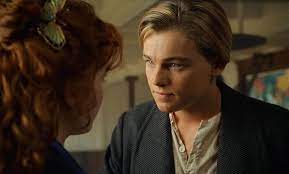


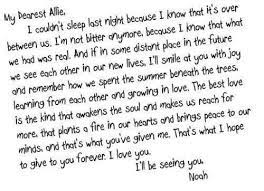
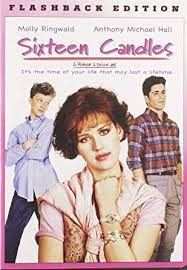
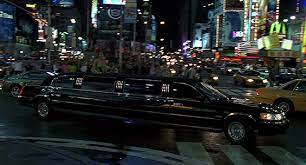
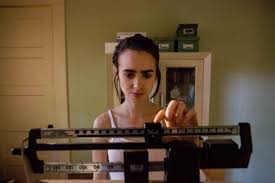
Comments
Post a Comment